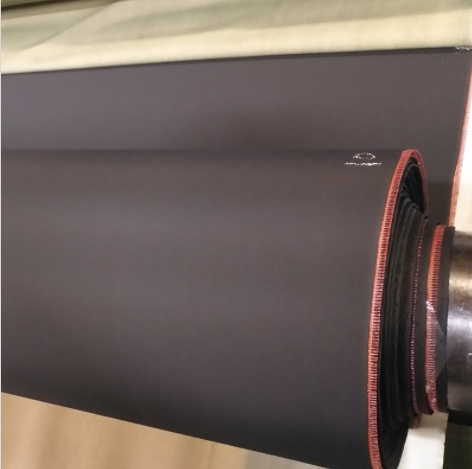Neoprene and rubber are closely related: Neoprene was the first synthetic rubber to be invented. While it has some of the properties of rubber, neoprene also has some unique qualities that make it suitable for the harsh conditions in which it is often used. Here, we'll take an in-depth look at those qualities that make neoprene rubber stand out.
What is rubber?
Rubber is commonly used in the manufacture of products such as tractor tyres, gaskets and playdough. The material was originally only available through natural sources (such as the rubber tree, although nearly 200 species of plants, including the dandelion, produce the latex from which natural rubber is made). However, the first synthetic rubber was invented in 1930: neoprene. Today, a wide variety of synthetic rubbers made from petrochemicals, including virgin rubber, are available on the market.

What is neoprene rubber?
Neoprene, also known as polychloroprene, is a special type of synthetic rubber that consists of carbon, hydrogen and chlorine polymers. These polymers are cross-linked during the vulcanisation process, giving neoprene resistance to temperature, oil, water, solvents and chemical inertness. Neoprene is used in corrosion-resistant coatings, electrical insulators, and materials exposed to harsh conditions and a lot of wear and tear, such as automotive and industrial applications. Its flexibility, abrasion resistance and softness make it popular in the medical, security and packaging industries. In addition, its weathering and compression resistance allows it to be used in construction. It is also used in marine equipment such as wetsuits due to its waterproofing and insulating properties, and as a latex substitute in gloves.
What is the difference between neoprene and other rubbers?
Rubber is often known for its flexibility, resistance and strength, but neoprene is especially known for its weather resistance and flame retardancy. Both natural and synthetic rubber are known for their elasticity, electrical insulation properties, and resistance to impact, water, cold and abrasion. As a family, elastomers are known for their hardness, tensile strength, resilience and stretch, not to mention their abrasion, tear and wear resistance. Neoprene has the flexibility and toughness of other rubbers, but certain characteristics set it apart.
Neoprene can be used as a general-purpose rubber, but its uniqueness stems from its excellent flame and weather resistance. The material has high tensile strength, resilience, oil, fire, oxygen and ozone resistance. The secret to these properties lies in the cross-linking of its chlorine atoms. Chlorine makes neoprene more fire resistant. It also prevents neoprene from swelling when exposed to oils and fuels, while providing greater resistance to oxidation and ozone.
However, neoprene has some disadvantages compared to other rubbers. Although neoprene can be used as a general purpose rubber, it is expensive and cheaper rubbers can be found for specific tasks. Neoprene is also not resistant to all substances: esters, ketones, strong oxidising acids and certain hydrocarbons will still attack it, and there are other rubbers with better oil resistance. In addition, neoprene absorbs moisture over time and it does not work well as an electrical insulator.
Conclusion
Above we have covered the basic differences between rubber and neoprene, including the most notable features, advantages and disadvantages of neoprene compared to other rubbers. If you would like to learn more about the various types of rubber and their properties, please contact us.





Comments
All Comments ( 0 )